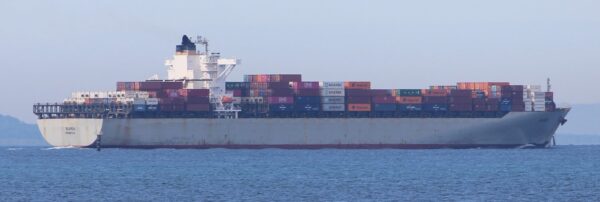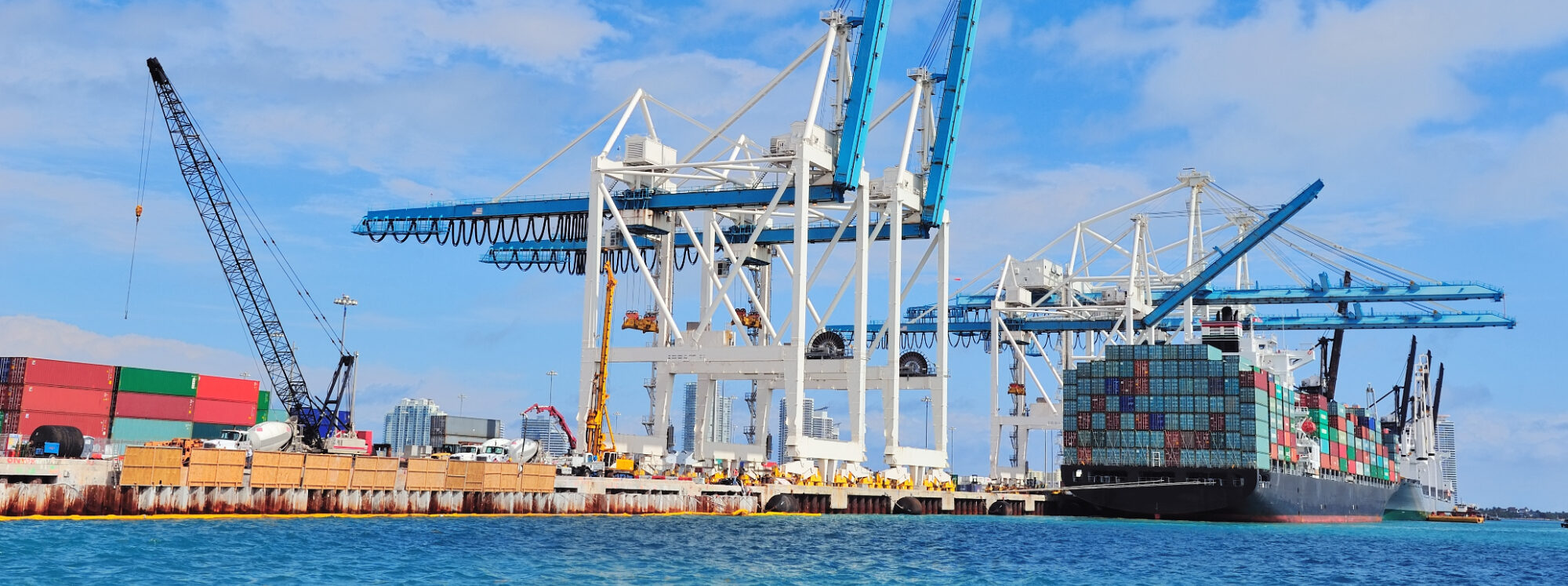The vessels will be privately owned and operated but can be called upon by Canberra during a crisis or other emergencies.
Federal Transport Minister Catherine King told a Maritime Industry Australia decarbonisation summit in Melbourne late last month that tenders for a five-year pilot program involving three vessels are being evaluated.
“Given the current geopolitical state of the world … it is more important than ever for Australia to have a strong and sovereign maritime sector,” she said.
“The maritime industry is absolutely vital for Australia’s prosperity. Our coastline extends across some 60,000 kilometres and includes 12,000 islands.”
SHIPPING FIGURES
- Shipping carries over 99% of Australia’s international trade.
- Australia is the fifth largest user of shipping services worldwide.
- This country is the world’s largest bulk commodities exporter.
- Australian ports handle over 1.6 billion tonnes of cargo with
29,000 visits annually by foreign ships. Source: Federal Government
In a 2023 report, a taskforce that looked into the strategic fleet concept said it was “disheartened” by the state of Australia’s fleet and an almost complete reliance on foreign-crewed vessels.
It noted that Australia’s fleet is 15 vessels (11 coastal and four international) that weigh over 2000 deadweight tonnes.
“In a crisis, we would have great difficulty accessing and controlling the maritime assets that we might require. This puts us in a dangerous position and needs to be reversed,” the report states.
King says the fleet’s creation represents “another crucial step” after an independent review of the Shipping Registration Act was completed.
“The strategic fleet provides the opportunity for growth and transformation in Australia’s maritime sector in a way that supports Australia’s economic prosperity, security and way of life well into the future,” she said.
Funding for the pilot program was allocated under the last federal Budget, and the program will assess the feasibility of future fleet expansions.
Government will wait until it has finished buying the vessels before making a public announcement on when the first vessels take to the water.
2023 TASKFORCE REPORT’S FINDINGS
The 2023 taskforce report highlighted crisis-related uses for such a fleet such as:
- Coastal shipping of fuel from terminals to ports;
- Self-loading/unloading during disaster relief operations;
- Defence shipping;
- Container cargo shipping during port disruptions;
- Moving over-sized cargo.
The report also assessed what kind of vessels would be required. These were small container vessels with cranes, multipurpose vessels (MPVs), smaller roll-on/roll-off lift-off (RO-RO/RO-LO) vessels, liquid bulk carriers, dry bulk and break-bulk vessels.
The report also highlighted challenges facing the creation of such a fleet: higher crewing costs, regulation, registration and recruitment/training.







